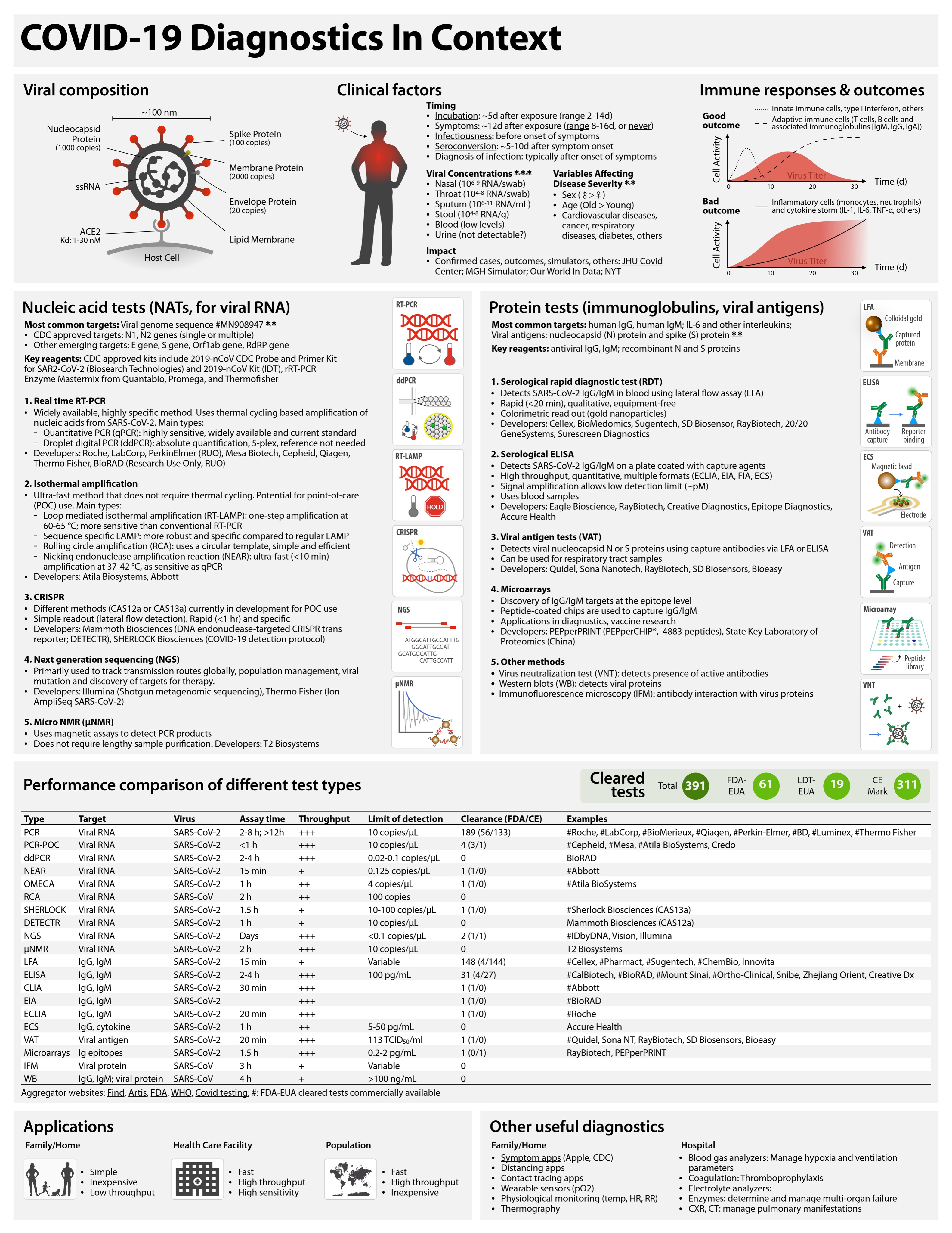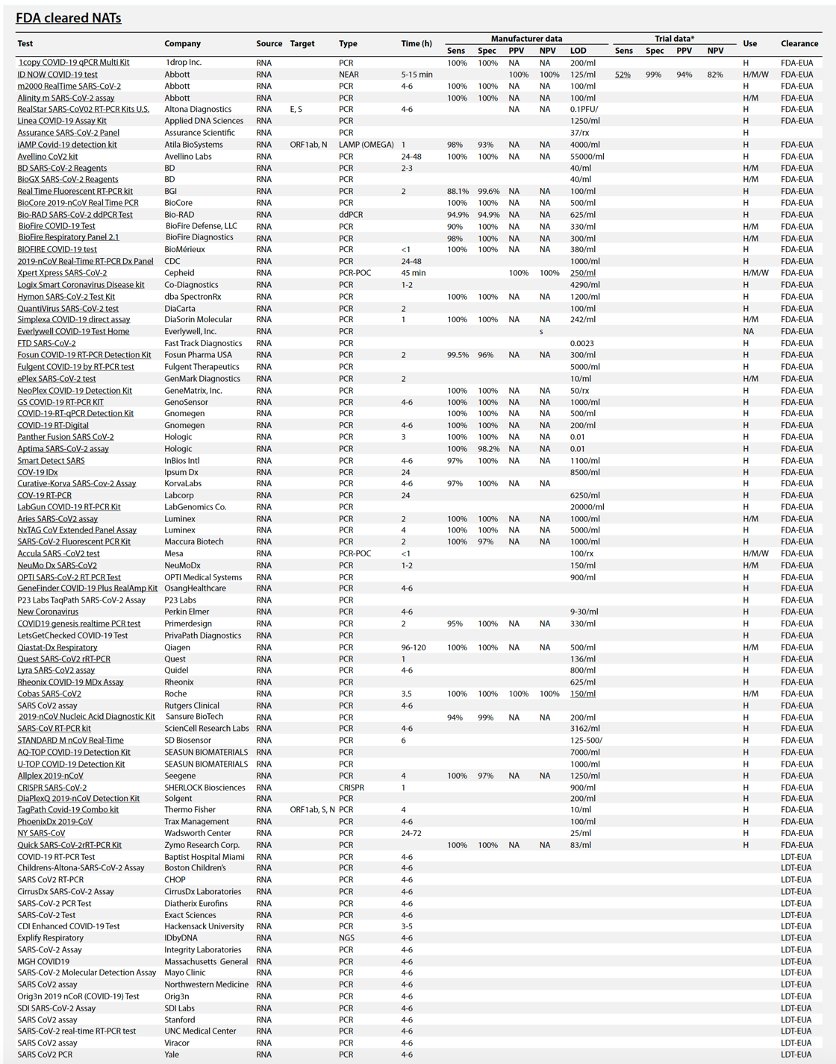If Primary Care is so important why so few physicians choose it as specialty for the residency programs?. The answer is that there is a difference in perception of value and compensation. Well, this is only the first answer. High value, high effort and low relative compensation compared to other specialties. Governments should care about it and about integrated care is finally organised. This is what OECD report says:
These new models of organisation should be more widely adopted to move away from the traditional and reactive solo-practice model. While there is no one-size-fits-all model of organisation, an integrated model of primary health care often meets the following four characteristics:
Multi-disciplinary or inter-professional practices with a various mix of primary health care professionals (including GPs or family physicians, registered and advanced nurses, community pharmacists, psychologists, nutritionists, health counsellors, and non-clinical support staff), different models of teamwork, and different target populations (for example as seen in Australia, Canada, the United Kingdom and the United States) (Socha-Dietrich, 2019[101]).
Comprehensive health services in the community, (for example in Costa Rica), including disease prevention and health promotion, curative services, rehabilitation and management of chronic diseases. Care co-ordination between health professionals is key to enabling the early detection of disease, reducing the exacerbation of diseases, avoiding duplication of services, and increasing provider and patient satisfaction.
Population health management, generally based on risk stratification using sophisticated IT systems (for example in Canada and Spain), is implemented to better understand the health and risk profiles of the community and to undertake proactive management of patients’ needs. Patients are stratified to identify opportunities for intervention before the occurrence of any adverse outcomes for individual health status.
Engagement of patients in shared decision making,
Hopper



